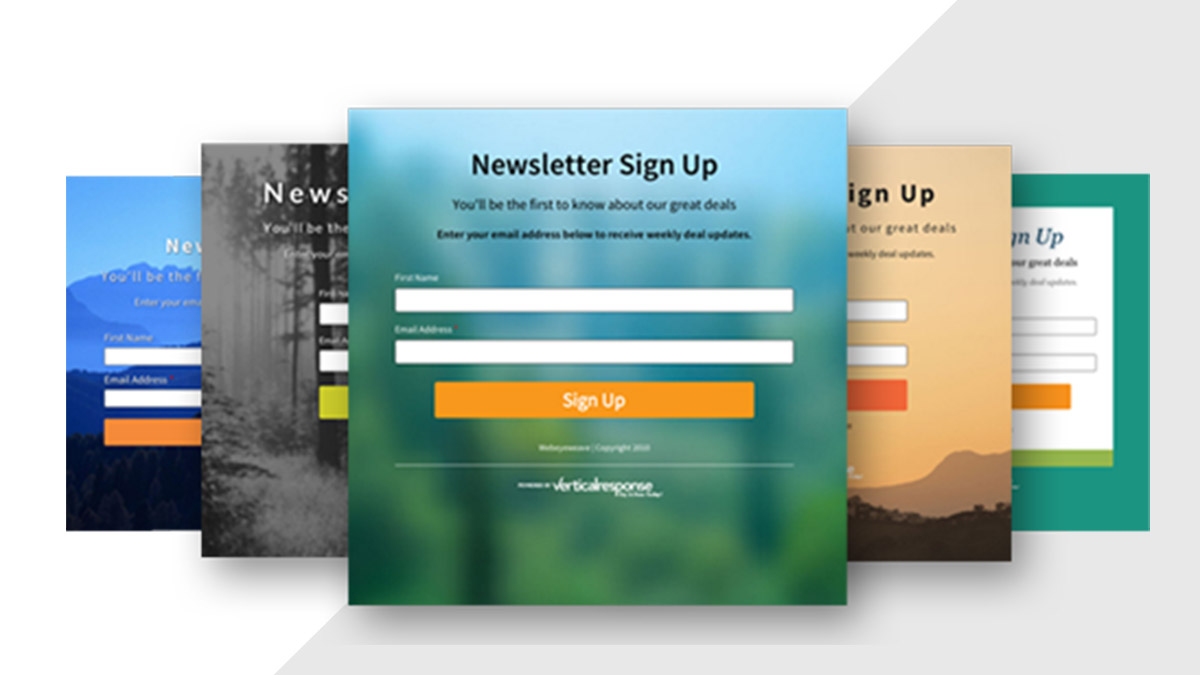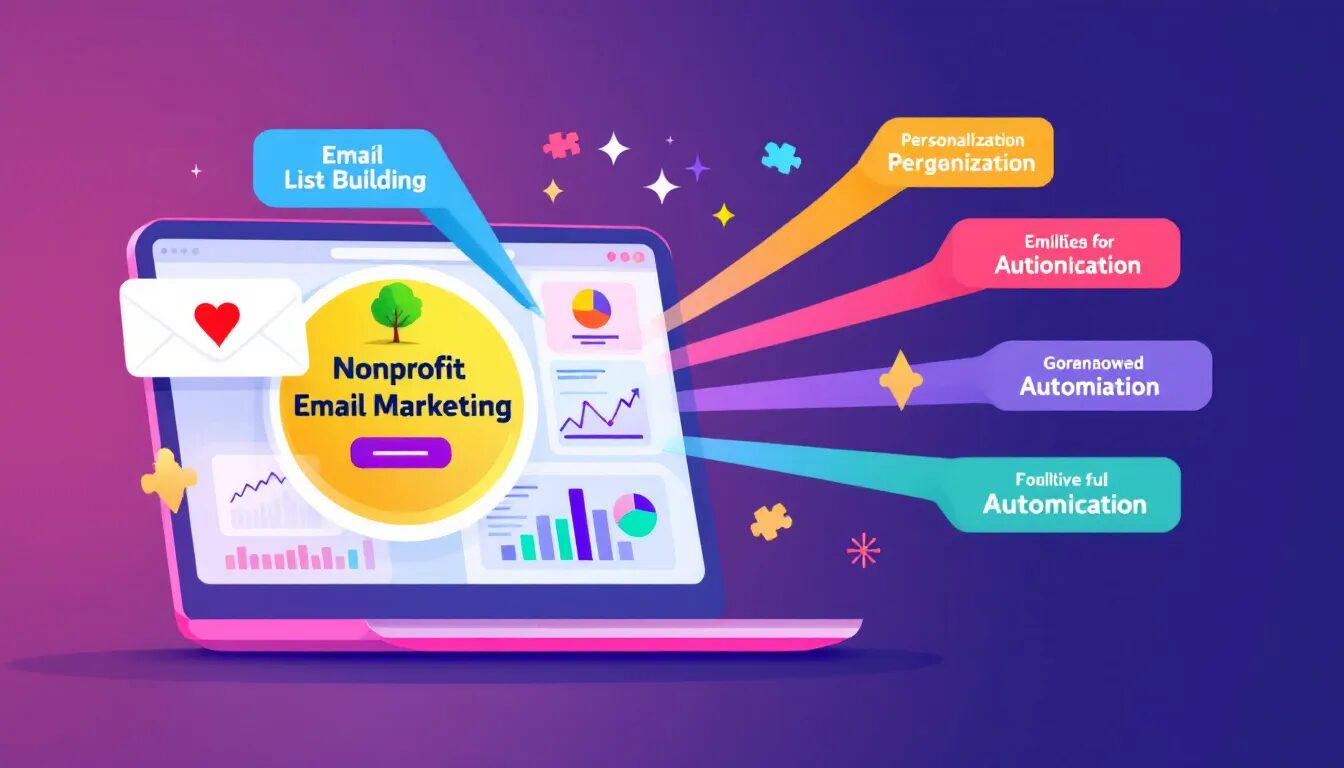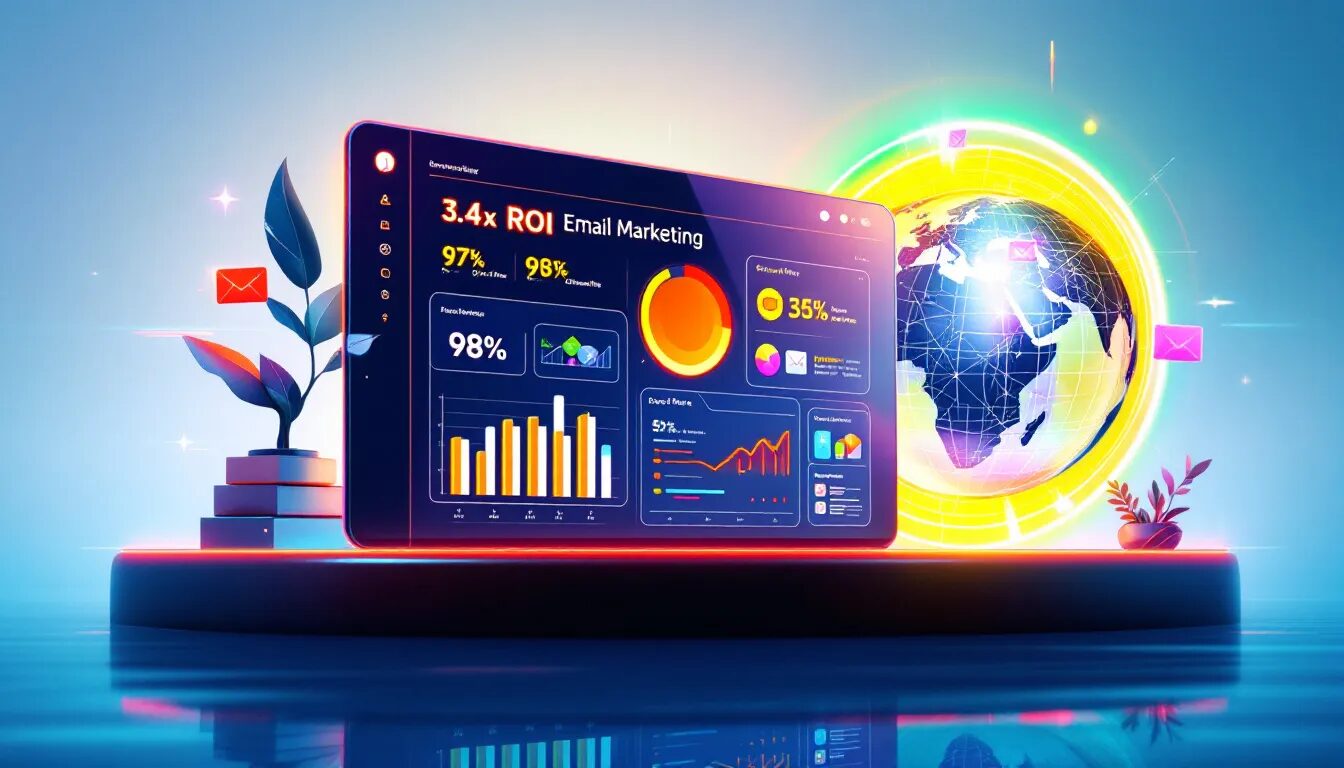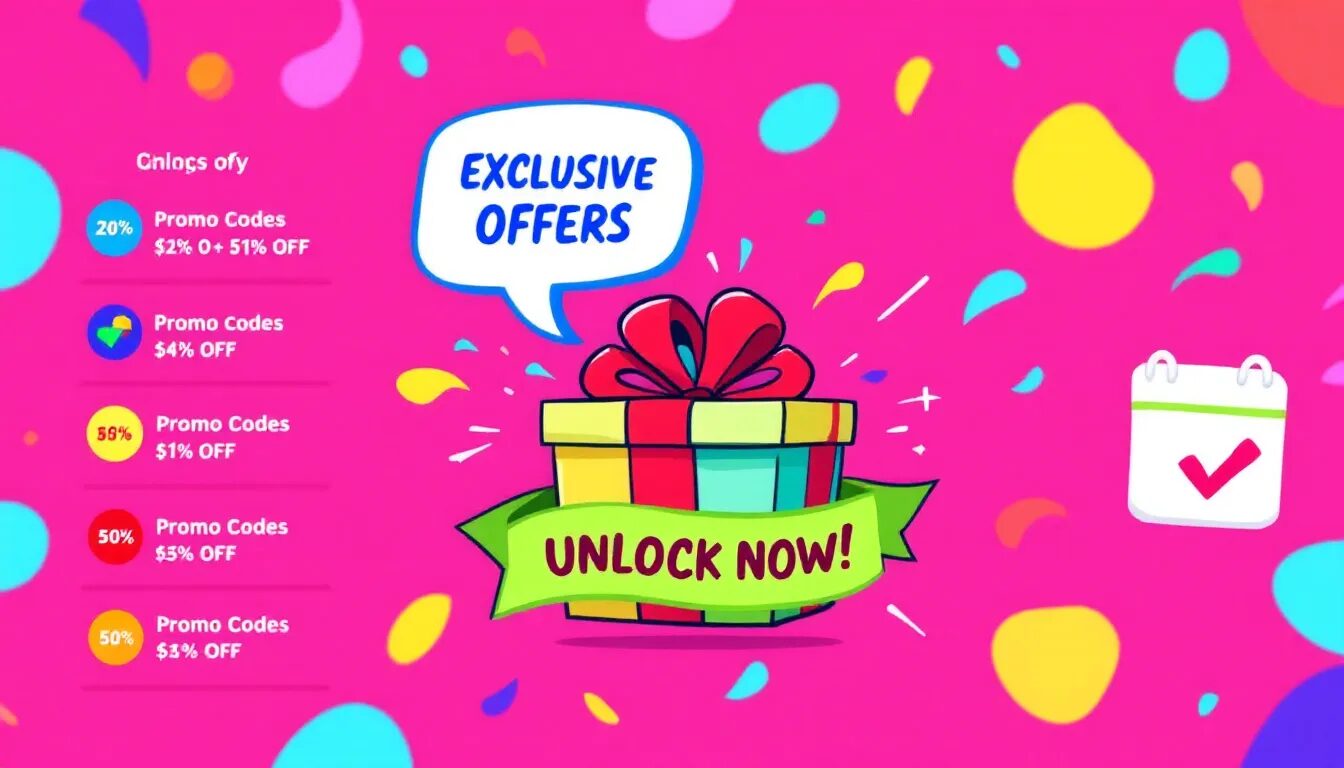
4 steps to achieving initial email marketing success
Are you ready to rev up your marketing engine? Email can give your business the boost it needs to zoom ahead of the competition. In a digital landscape crowded by companies trying to grab consumers’ attention and hoping that people will engage with their brands online, email communications are a direct line to your target audience, reaching their intended recipients 90 percent of the time — an average that surpasses what you’ll find on platforms like Twitter or Facebook.
To launch a high-performing email marketing program that enables you to connect with more prospects, you’ll have to combine your efforts with two additional components: social media and sign-up forms. Follow these simple steps to learn how these three elements can work together to maximize your marketing efforts.
1. Make sure your website has an email sign-up form
Your contact list is the foundation of your email marketing program. To grow your list, you must provide your audience with a quick and easy way to sign up for your emails.
You can collect email addresses in a variety of places, but your website should be a primary spot. New visitors come to your site every day, which gives you the ability to capture email addresses as people view your content and learn more about your products or services. Just think about it — as visitors read more about your company and what makes you unique, they’re more likely to want to connect with you to find out more. If you’re using VerticalResponse, you can easily embed a form on your site. When a new contact signs up, the address will automatically be added to your email list.
If you don’t have a website or just want to create a more targeted list-building campaign, build a stand-alone landing page with a sign-up form. Landing pages typically have a single objective and employ copy and images that are hyper-focused on getting visitors to take a single, desired action. In this case, that action would be sharing an email address. Create content for this landing page that explains the benefits of signing up, and then share the link on social media. Will subscribers get special discounts? Will they be notified of new releases before the general public? Tell them so they don’t miss out.
2. Welcome new contacts
Once addresses start coming in through your sign-up forms, it’s time to get down to email business. Reach out to new contacts immediately by sending a welcome email. This message will establish the tone for future communications, so it should be friendly, enthusiastic and well-designed. You want to make a positive and lasting first impression. It’s also important that your welcome email reiterates the benefits of your email list and encourages subscribers to visit your website or physical location.
3. Use email to keep your contacts informed and engaged
After sending a welcome email, you can customize your campaigns to fit your business. You should send a variety of emails to your subscribers to keep them informed and engaged. From promotional offers to event invitations, you can send an email about anything that’s relevant to your business goals. Here are a few topics that you can try as you find your email marketing groove:
- Send a newsletter that updates your audience about your business
- Tell subscribers about a new product or service you’re offering
- Invite subscribers to an open house, customer appreciation sale or other events
- Offer a deal, discount, coupon or free consultation
- Share useful tips that show subscribers how to use your product better
- Provide educational content that’s of interest to your audience
- Encourage readers to check out a new blog post
- Share business updates or improvements via email
- Send an email that offers holiday cheer
- Send an email that celebrates a business milestone like an anniversary
Deciding when to send emails can be tricky. Every audience is different. Of course, you’ll want to keep an eye on your metrics to see what works best for your business. Try a few tests. For example, segment your list into two, send the same email to both groups on the same day, but at different times, and see which one performs better. Check your open rates and clickthroughs to determine what time is best for your audience.
4. Reinforce your communication through social media
After sending an email, get in the habit of sharing that same message via social media. For example, if you just invited guests to an upcoming event, you can turn to Twitter and Facebook to invite guests too. As the event gets closer, you can send reminder emails and post similar updates on your social sites.
By collecting more email addresses through a sign-up form, reaching out to those contacts via email and leveraging your social media accounts, you’re using multiple channels to reach your audience. In return, your business is more visible and customers are more engaged.
Join 140,000 small business owners
Editor’s note: This article was originally published in March 2015. It has been revised and updated for accuracy and relevance.
© 2018, Contributing Author. All rights reserved.
 SUBSCRIBE
SUBSCRIBE 


